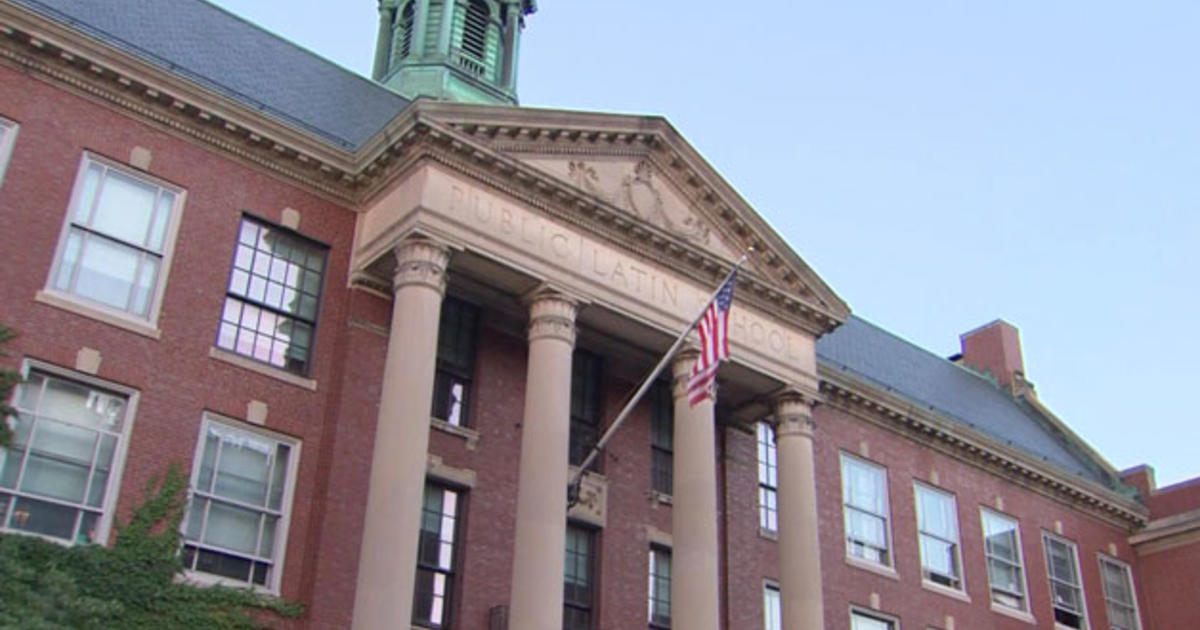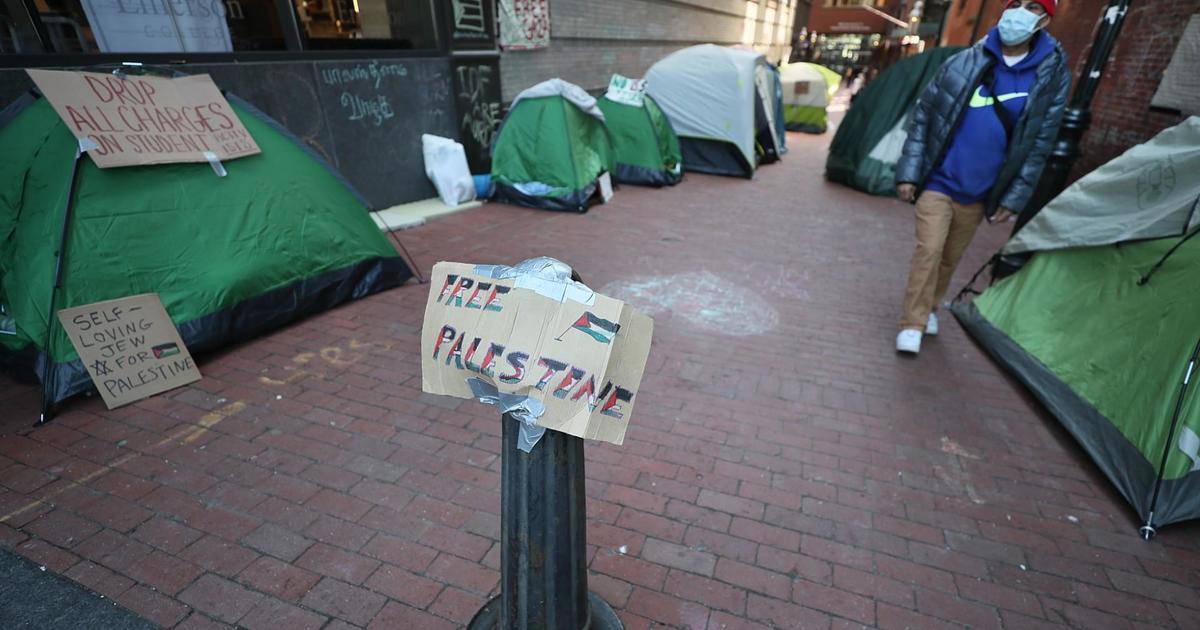Your First Step In Saving More For Retirement
BOSTON (CBS) - According to the Center for Retirement Research at Boston College, 60% of households are at risk of being financially unprepared for retirement because they aren't saving enough for the future.
A Resolution has been passed by the Senate naming this week National Save for Retirement Week. What they are hoping to do is increase personal financial literacy and raise public awareness of the retirement savings vehicles available to all workers, including public and private sector employees, employees of tax-exempt organizations and self-employed individuals.
Research shows that more than half of all workers in the United States (53 percent) have less than $25,000 in total savings and investments, excluding their home and defined benefit plans. With longer life expectancies and rising costs, especially for health care, it is critical that Americans understand the importance of saving for their future - now.
One of the things that age has taught me is that it is never too late to save more for retirement even if you are getting close to retirement age. And, of course, the younger you are the more time you have. And that in itself is a problem, for young workers think they have an eternity to save for retirement. The key years for retirement saving is between the ages of 22 and 35. Starting in your 20s gives your money 30 to 40 years to work for you.
If you want to save more for retirement, something in your budget is going to have to give so you will have the extra dollars to reach your goal of a comfortable retirement.
Review your budget: how much more can you save and where? Better still, pick a percentage such as 5 or 10% and rework your budget so savings becomes a priority. What will you need to do differently to save $2,000 a year? Bring lunches from home, brew your coffee at home, pump your own gas, borrow books and DVDs from the library, and launder your shirts yourself?
If you are lucky enough to have a retirement plan with an employer match you want to be contributing at least up to the amount your employer is willing to contribute, usually it's between 3-6%.
If you have not started saving for retirement start off contributing the minimum the plan will allow. Sometimes it's as small as 1%. Then in six months increase that to 2%, in one year increase that to 3%, eighteen months increase it to 4%. Continue doing that until you reach your savings goals. That may be 10% in your retirement plan. By doing it in small increments, it is not as painful as starting at 10% immediately.
Share your raises with your retirement plan. You get a 3% raise; increase your contribution rate by at least 1%. If you are earning $36,000 a year and can save 10% annually for 40 years and earn an average of 7% on your money you could have almost ¾ of a million dollars (over $700,000) in your nest egg. Get 8% and you are looking at $1 million.
....................
You can hear Dee Lee's expert financial advice on WBZ NewsRadio 1030 each weekday at 1:55 p.m., 3:55 p.m., and 7:55 p.m.
Subscribe to Dee's Money Matters newsletter here.



